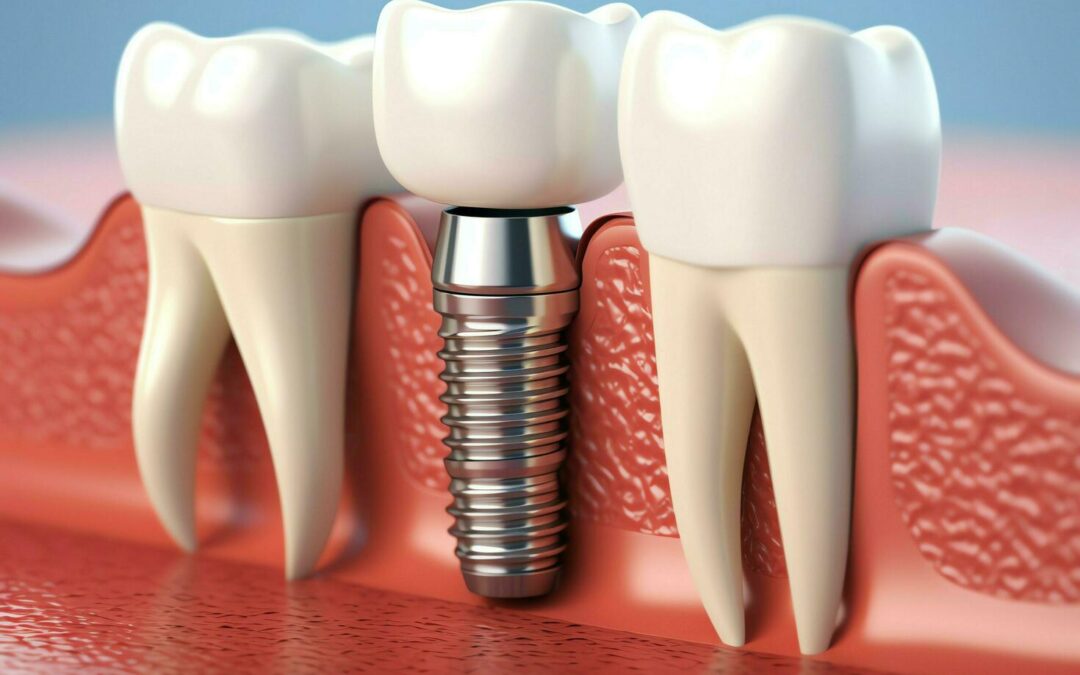In the quest for maintaining a youthful and vibrant look, many individuals turn to cosmetic procedures that can effectively reverse the signs of aging. Among these, facelift surgery stands out as a popular and trusted option for those seeking a comprehensive rejuvenation of facial features. If you’re considering this transformative procedure, understanding its benefits, process, and what to expect can help you make an informed decision. Facelift in Abu Dhabi has gained significant popularity as a leading destination for advanced cosmetic treatments, offering patients access to experienced surgeons and state-of-the-art facilities.
What Is a Facelift?
A facelift, medically known as rhytidectomy, is a surgical procedure designed to reduce the appearance of facial aging. It targets sagging skin, deep creases, and loss of muscle tone that develop over years due to gravity, sun exposure, and lifestyle factors. The procedure involves lifting and tightening underlying tissues, removing excess skin, and redefining facial contours to restore a more youthful and refreshed appearance.
Types of Facelift Procedures
There are several variations of facelift surgeries, each tailored to address specific concerns and age groups:
- Traditional Facelift: Focuses on lifting the mid and lower face, addressing significant sagging and deep wrinkles.
- Mini-Facelift: A less invasive option targeting minor sagging around the cheeks and jawline.
- Deep Plane Facelift: Involves repositioning deeper facial tissues for more natural and long-lasting results.
- Neck Lift: Often performed alongside a facelift to improve the appearance of the neck and jawline.
Benefits of a Facelift
Undergoing a facelift offers numerous aesthetic and psychological benefits, including:
- Restoring a more youthful facial contour
- Reducing deep wrinkles and fine lines
- Improving sagging jowls and loose skin
- Enhancing overall facial harmony and symmetry
- Boosting self-confidence and self-esteem
The procedure not only rejuvenates the face but also revitalizes the individual’s overall appearance, making them look more energetic and vibrant.
The Facelift Procedure: What to Expect
Understanding the surgical process helps set realistic expectations. While specific techniques can vary, the general steps include:
Preoperative Preparation
Prior to surgery, a thorough consultation with a qualified surgeon is essential. This includes discussing medical history, aesthetic goals, and any concerns. The surgeon will evaluate facial anatomy and may recommend additional procedures for optimal results.
Anesthesia and Incision Placement
Facelift surgery is typically performed under general anesthesia or sedation with local anesthesia. Incisions are strategically placed within natural skin creases and hairline to minimize visible scarring.
Lifting and Tightening the Facelift
The surgeon lifts the underlying tissues and repositions facial muscles to restore youthful contours. Excess skin is carefully trimmed away, and the remaining skin is smoothed and secured.
Closing Incisions
Incisions are closed with fine sutures or skin adhesives, and dressings are applied to protect the surgical site. The procedure duration varies depending on the extent of surgery but generally lasts several hours.
Postoperative Care and Recovery
Post-surgery, patients typically experience swelling, bruising, and mild discomfort, which can be managed with prescribed medications. Rest and limited activity are recommended during the initial recovery phase. Follow-up appointments ensure proper healing and optimal results.
Candidate Suitability for a Facelift
Ideal candidates for a facelift are individuals experiencing signs of aging such as sagging skin, deep facial creases, and loss of facial volume that do not respond to non-invasive treatments. Good overall health, realistic expectations, and a positive outlook contribute to successful outcomes.
Factors Influencing Results
While a facelift can significantly improve facial appearance, the longevity and effectiveness depend on various factors:
- Skin elasticity
- Lifestyle habits such as smoking and sun exposure
- Age and genetic predispositions
- Postoperative care and adherence to surgeon’s instructions
Maintaining a healthy lifestyle and protecting the skin from environmental damage can help prolong the results.
Preparing for Your Facelift
Preparation involves several steps to ensure safety and optimal results:
- Undergoing medical evaluations and necessary tests
- Discontinuing certain medications or supplements that increase bleeding risk
- Arranging transportation and post-surgical care support
- Setting realistic expectations and discussing desired outcomes with your surgeon
Recovery Timeline and Aftercare Tips
A typical recovery involves initial swelling and bruising subsiding within a few weeks. Most individuals can return to normal activities within 10-14 days. To promote healing:
- Keep the head elevated
- Follow wound care instructions meticulously
- Avoid strenuous activities until cleared by your surgeon
- Attend all follow-up appointments
Results gradually become more apparent as swelling diminishes, revealing a naturally youthful appearance.
Combining Procedures for Enhanced Rejuvenation
Many patients opt for adjunct procedures alongside a facelift to achieve a comprehensive facial rejuvenation. These may include:
- Eyelid surgery (blepharoplasty)
- Forehead lifts
- Lip augmentation
- Fat grafting for volume restoration
Combining treatments can optimize facial harmony and longevity of results.
Why Choose a Skilled Surgeon?
The success of a facelift relies heavily on the surgeon’s expertise and aesthetic judgment. Skilled surgeons understand facial anatomy and employ advanced techniques to ensure natural-looking results. Proper surgical planning minimizes visible scars and enhances facial symmetry.
The Role of Technology in Modern Facelift Procedures
Advancements in surgical technology, such as minimally invasive techniques and innovative tools, have improved precision and reduced recovery time. These developments allow for tailored approaches that respect individual facial structures, delivering superior outcomes.
Postoperative Lifestyle and Maintenance
Maintaining a youthful appearance after a facelift involves adopting healthy lifestyle habits:
- Protecting skin from sun exposure
- Following a balanced diet
- Regular skincare routines
- Avoiding smoking and excessive alcohol intake
These measures help sustain the results and contribute to overall facial health.
Is a Facelift Right for You?
Deciding to undergo a facelift involves evaluating personal goals, health status, and expectations. Consulting with a qualified cosmetic surgeon provides personalized insights and guidance, ensuring that the procedure aligns with your aesthetic aspirations.
Final Thoughts
A well-performed facelift can effectively turn back the clock, restoring confidence and enhancing natural beauty. As a transformative journey, it demands careful planning, skilled execution, and dedicated aftercare. If you’re considering facelift Abu Dhabi, you’ll find a thriving medical community equipped with advanced techniques and experienced professionals dedicated to helping you achieve your desired youthful look.







0 Comments